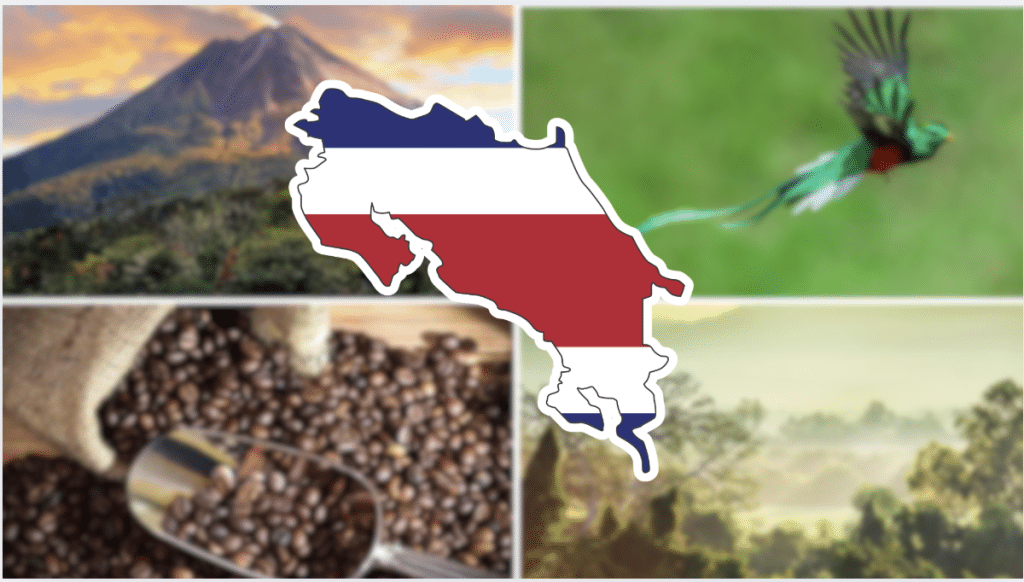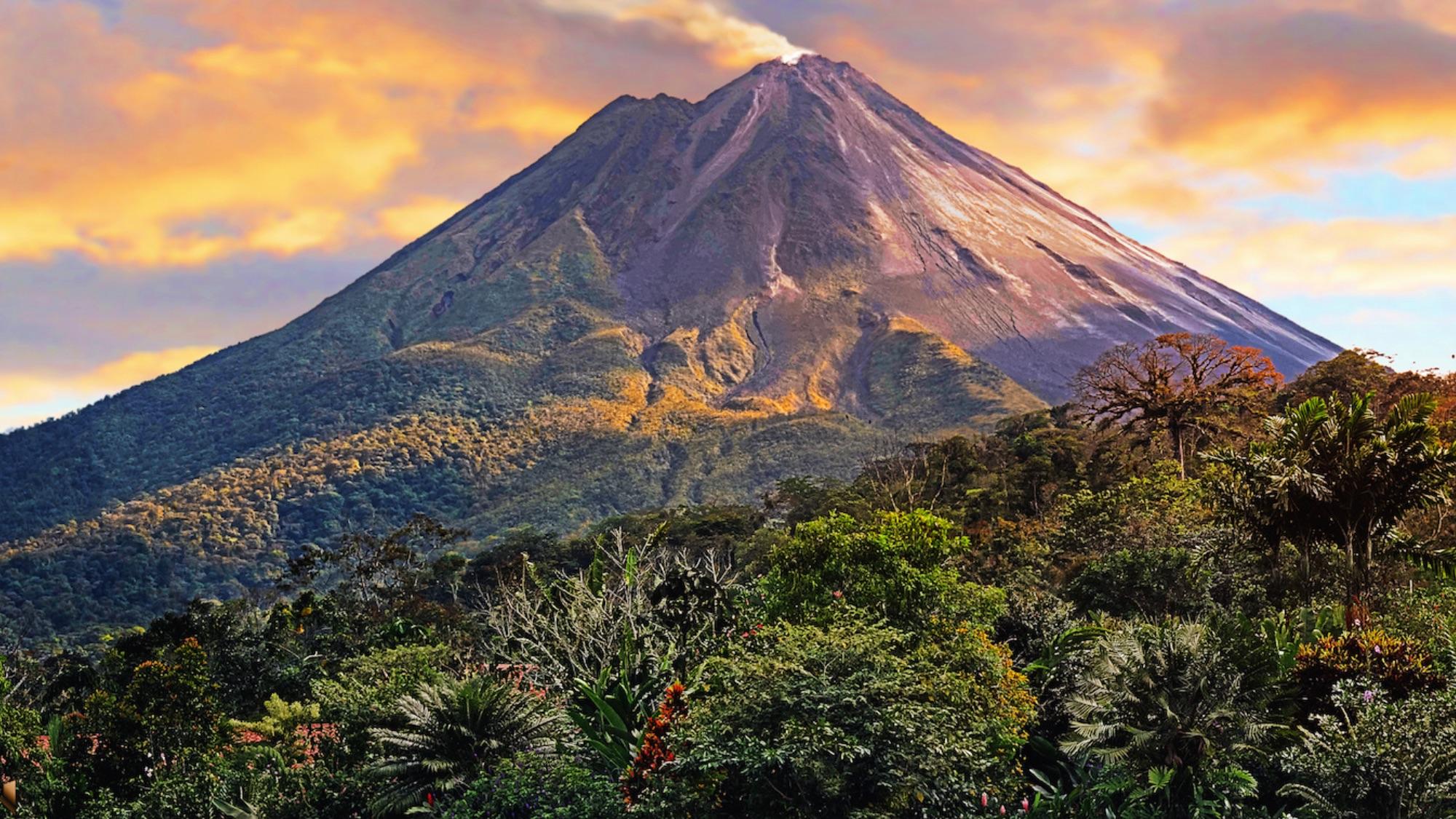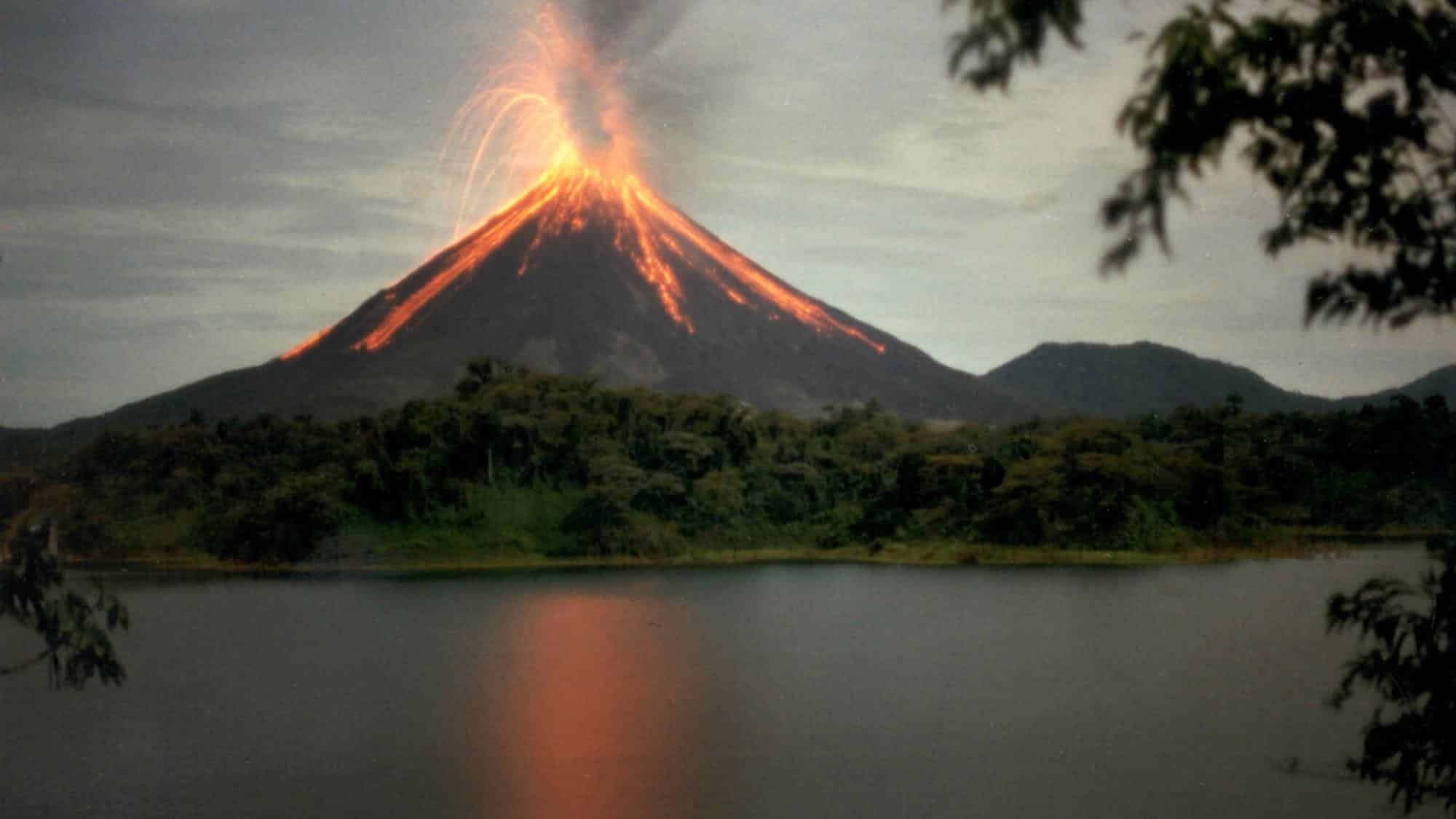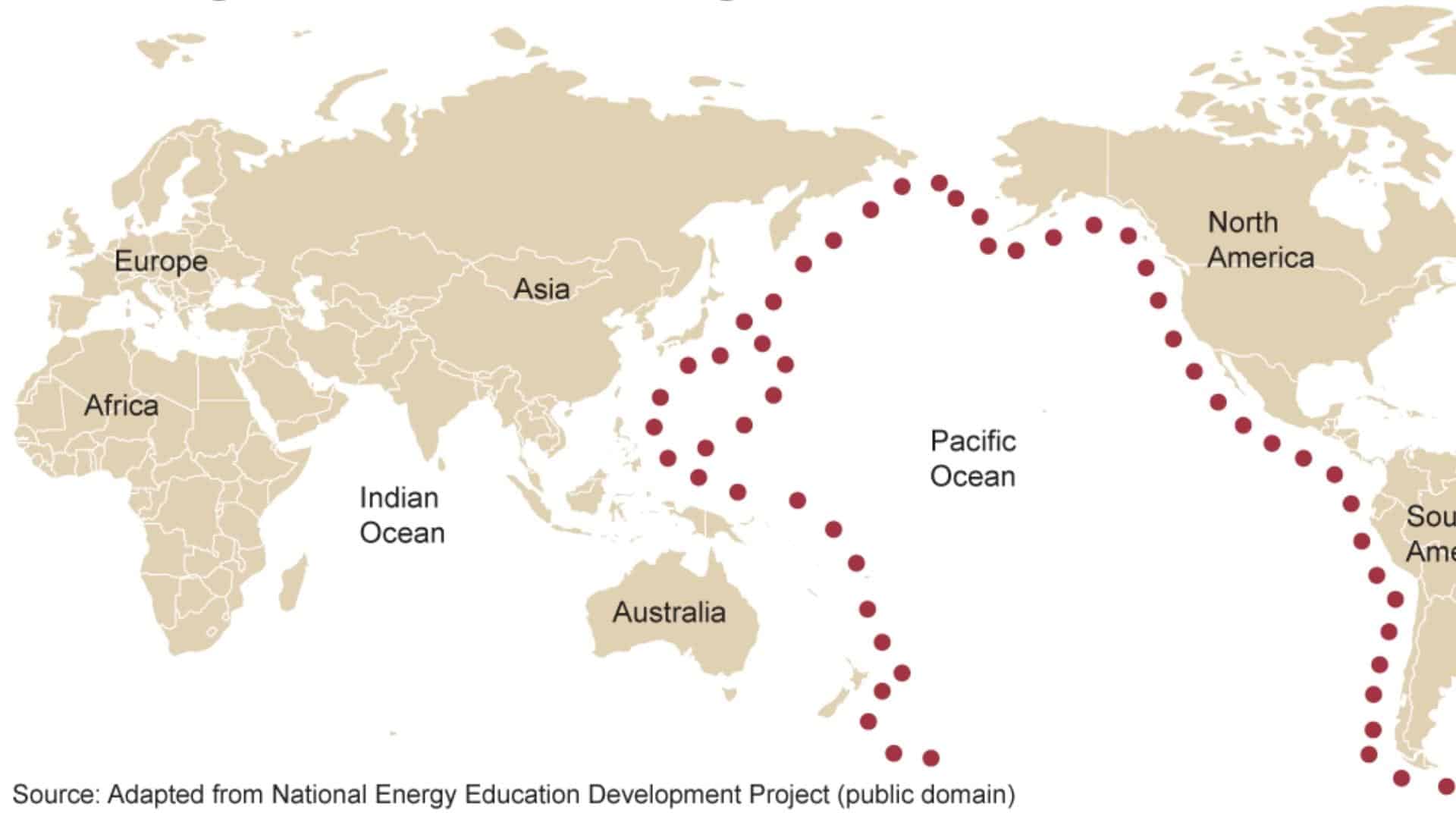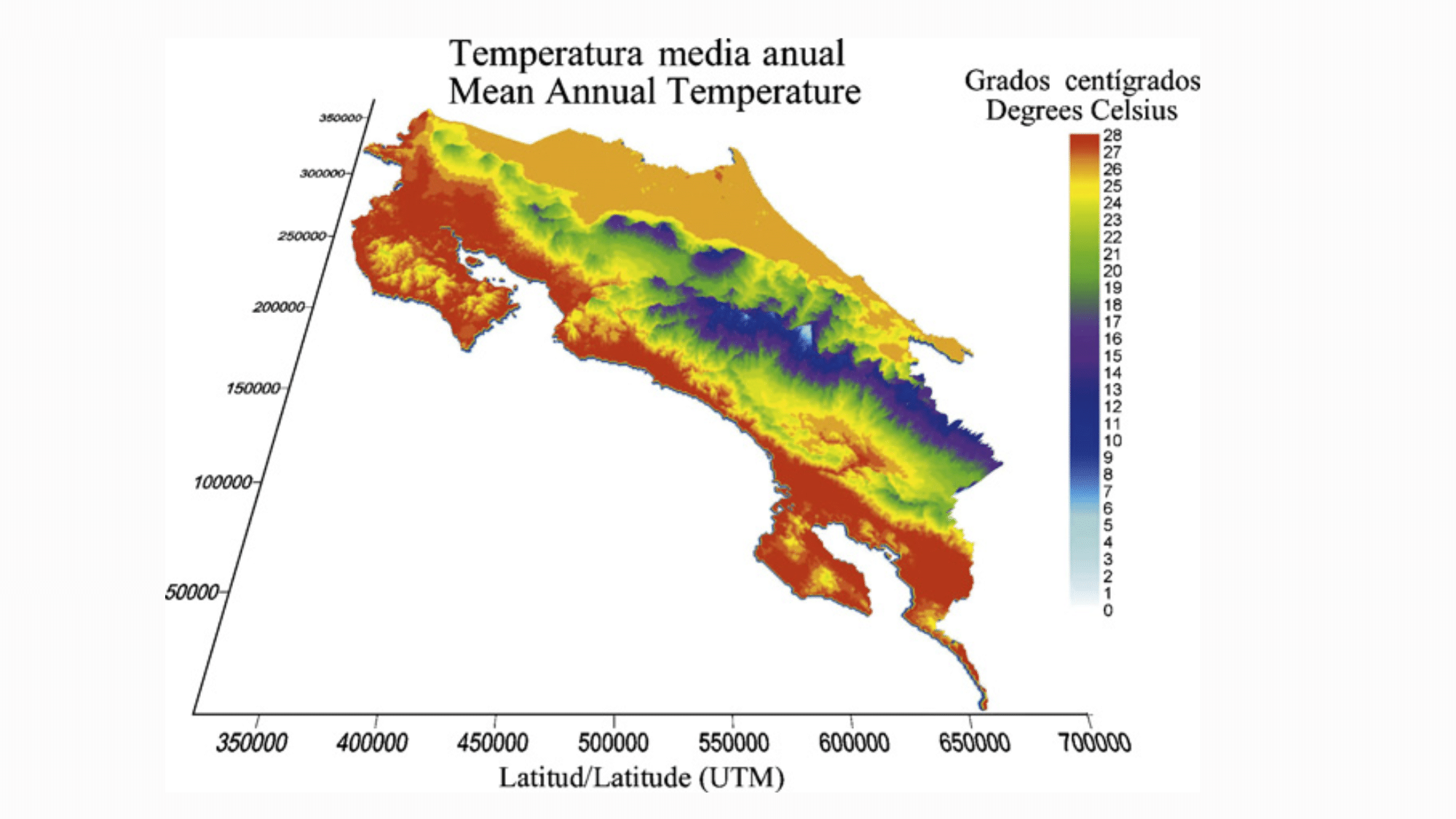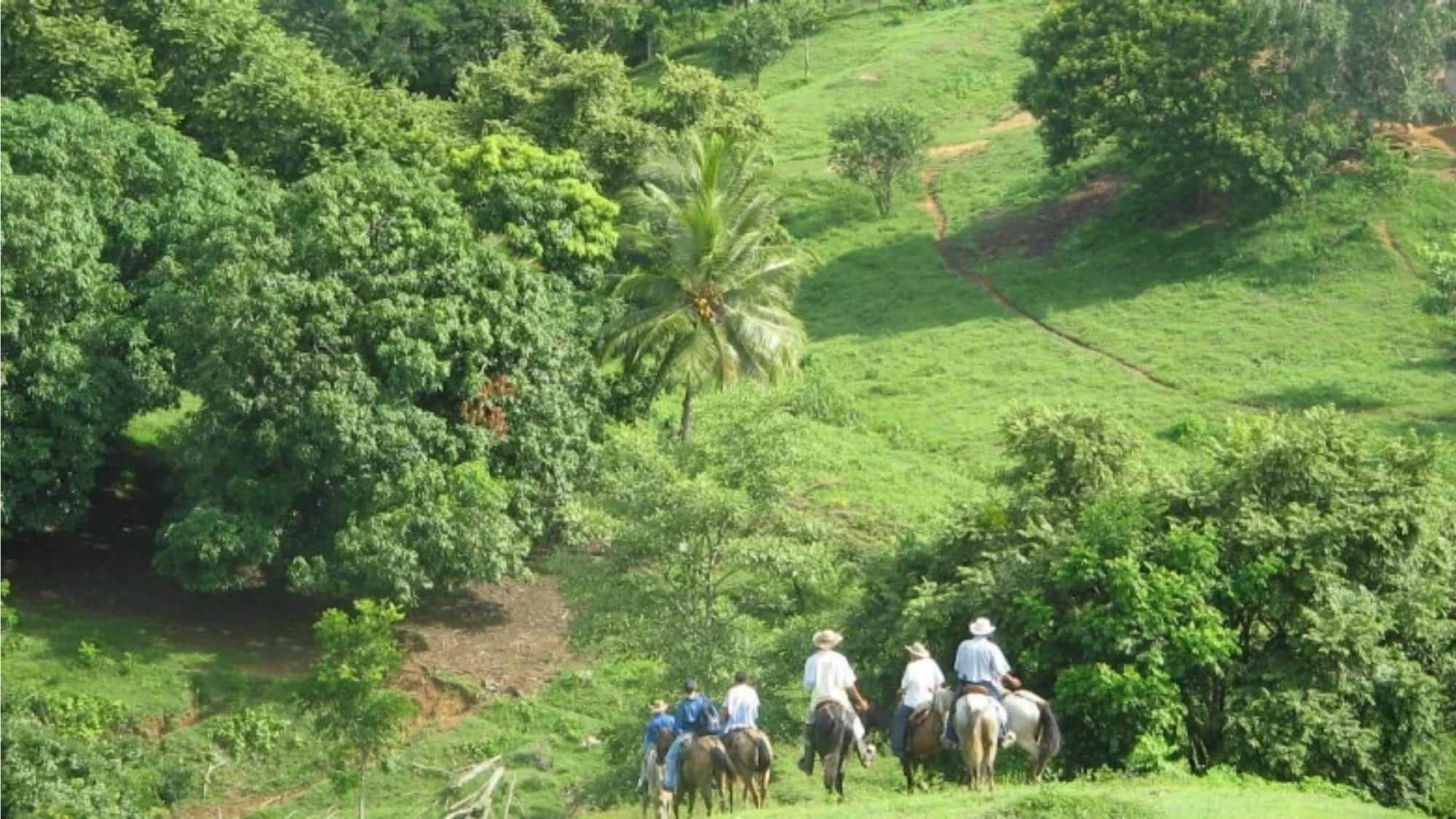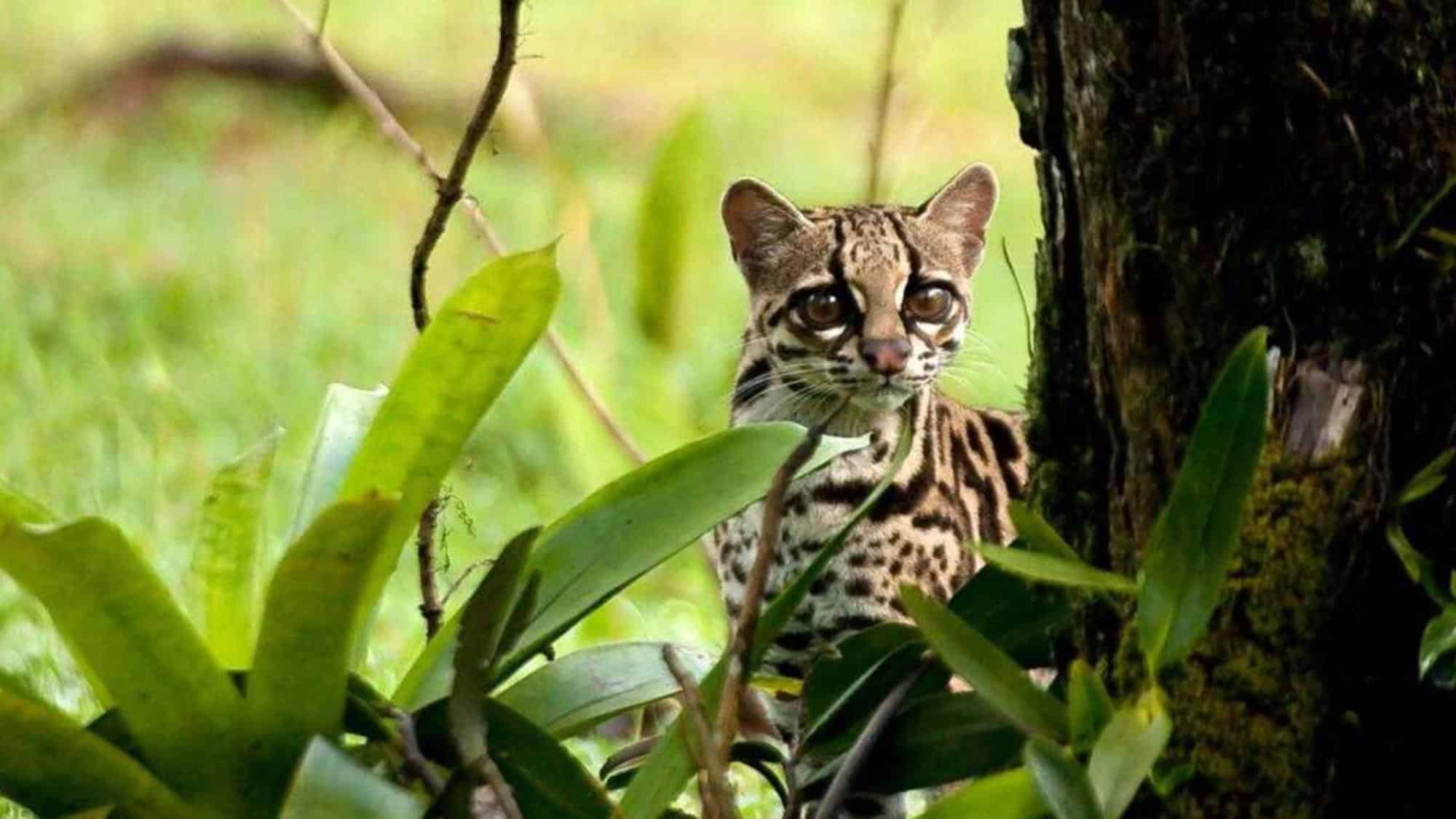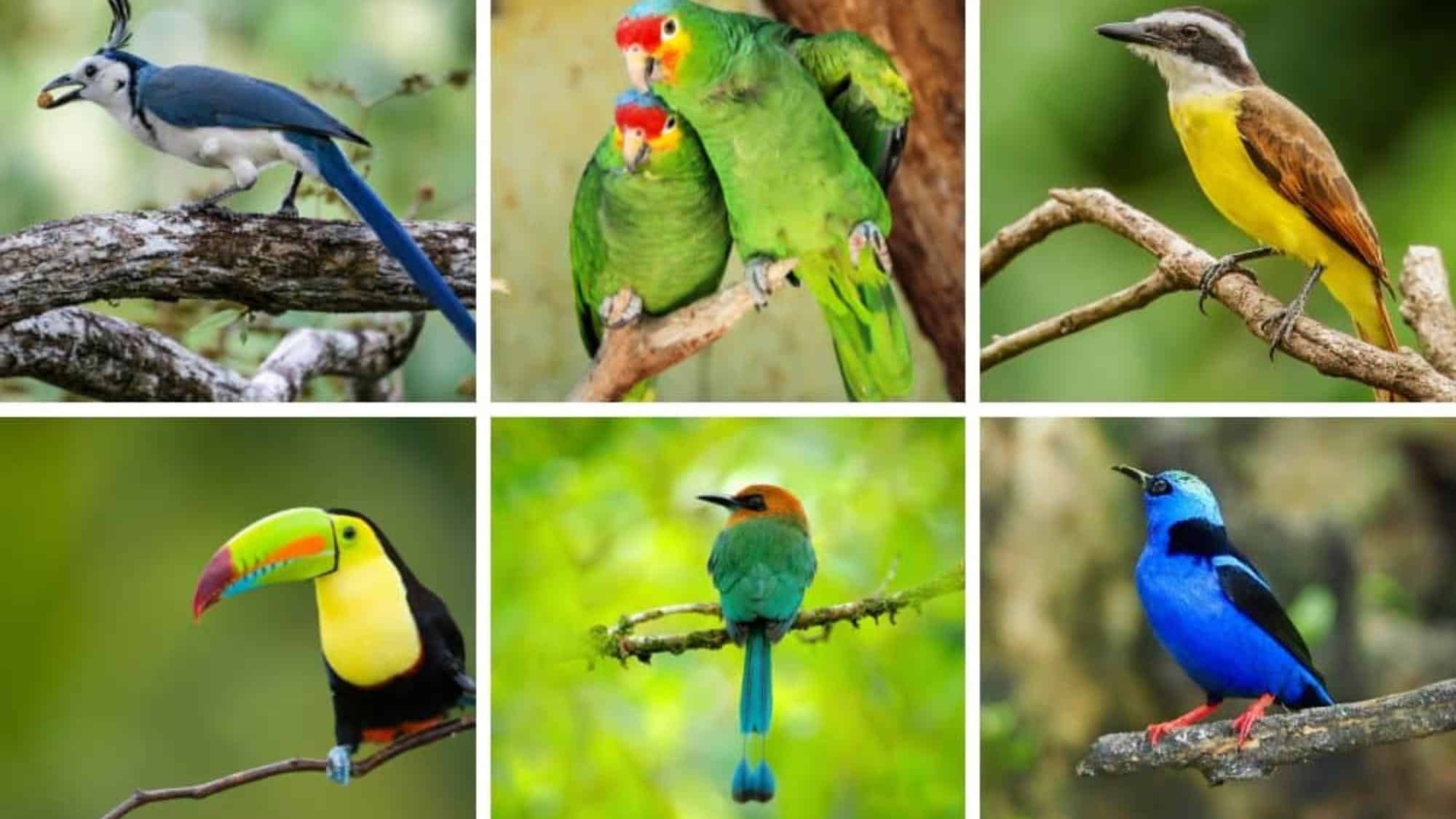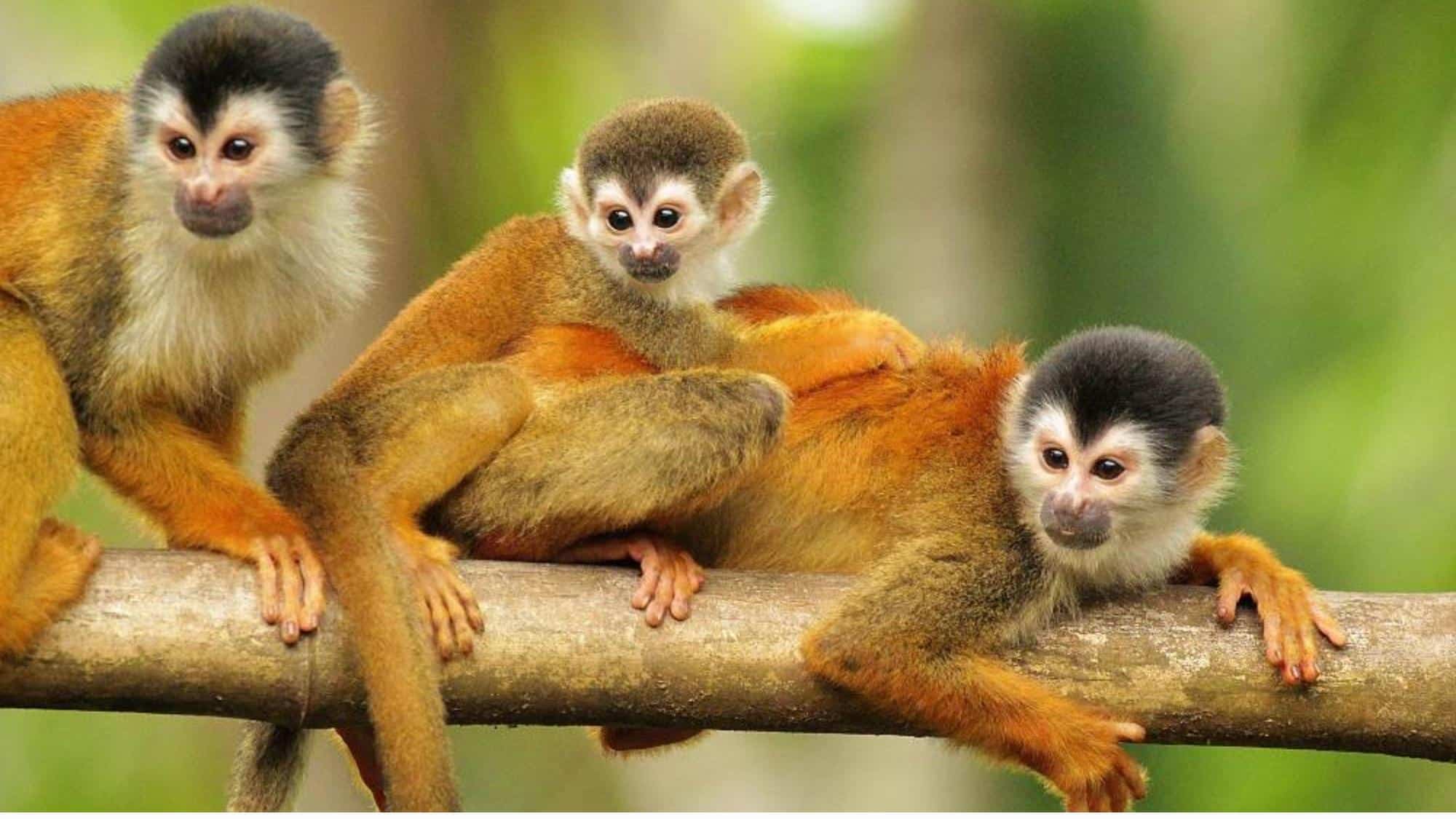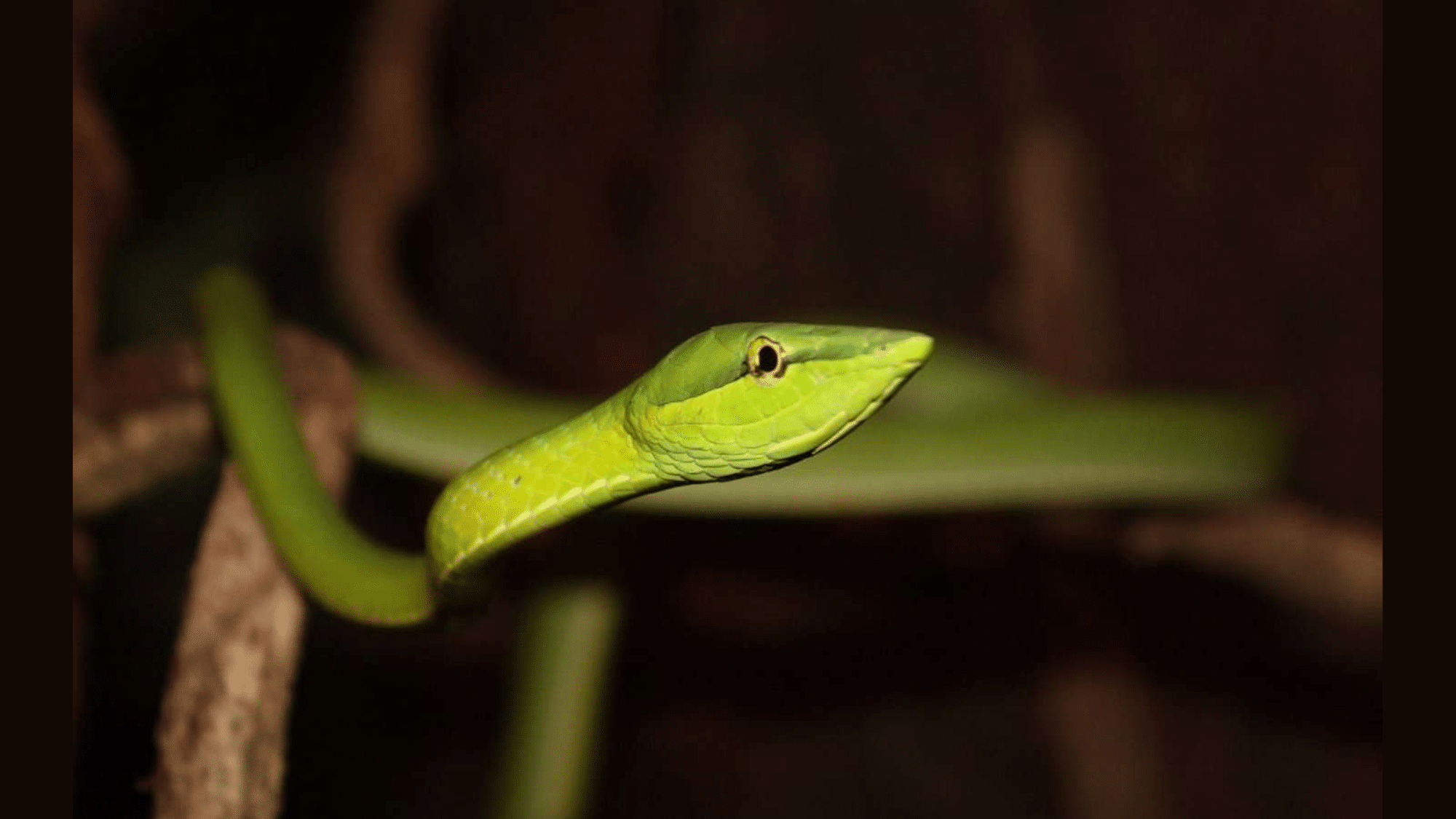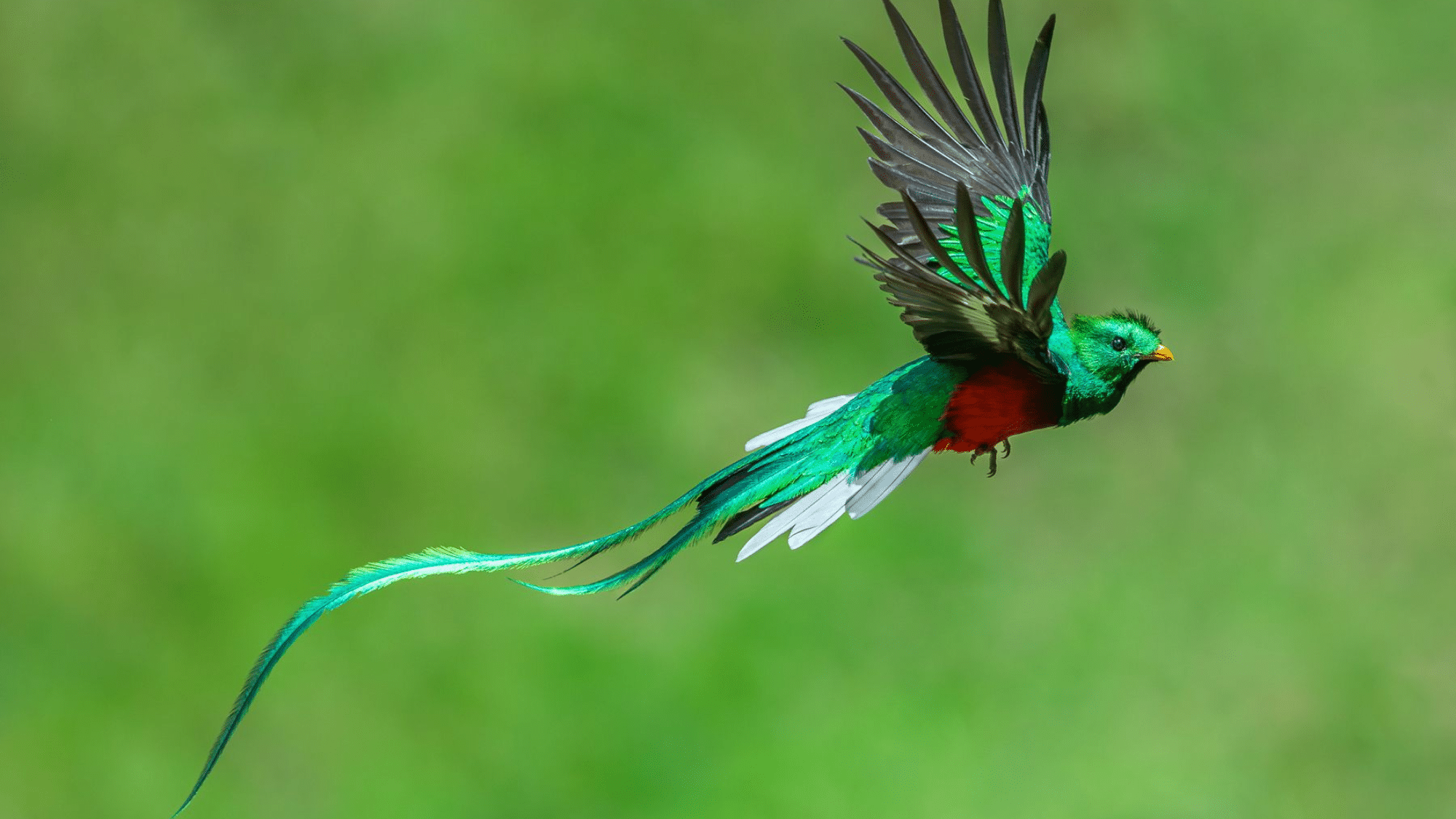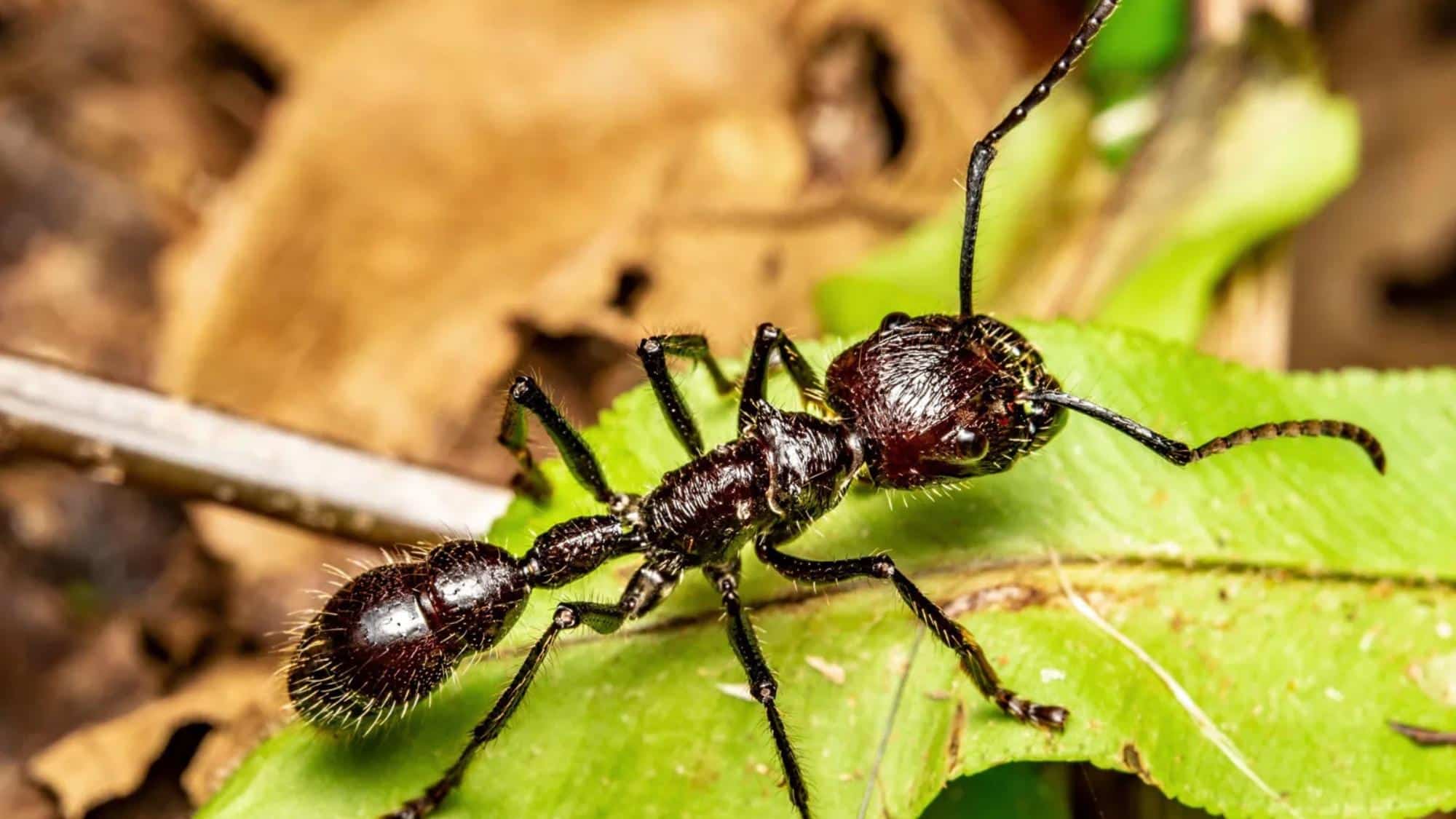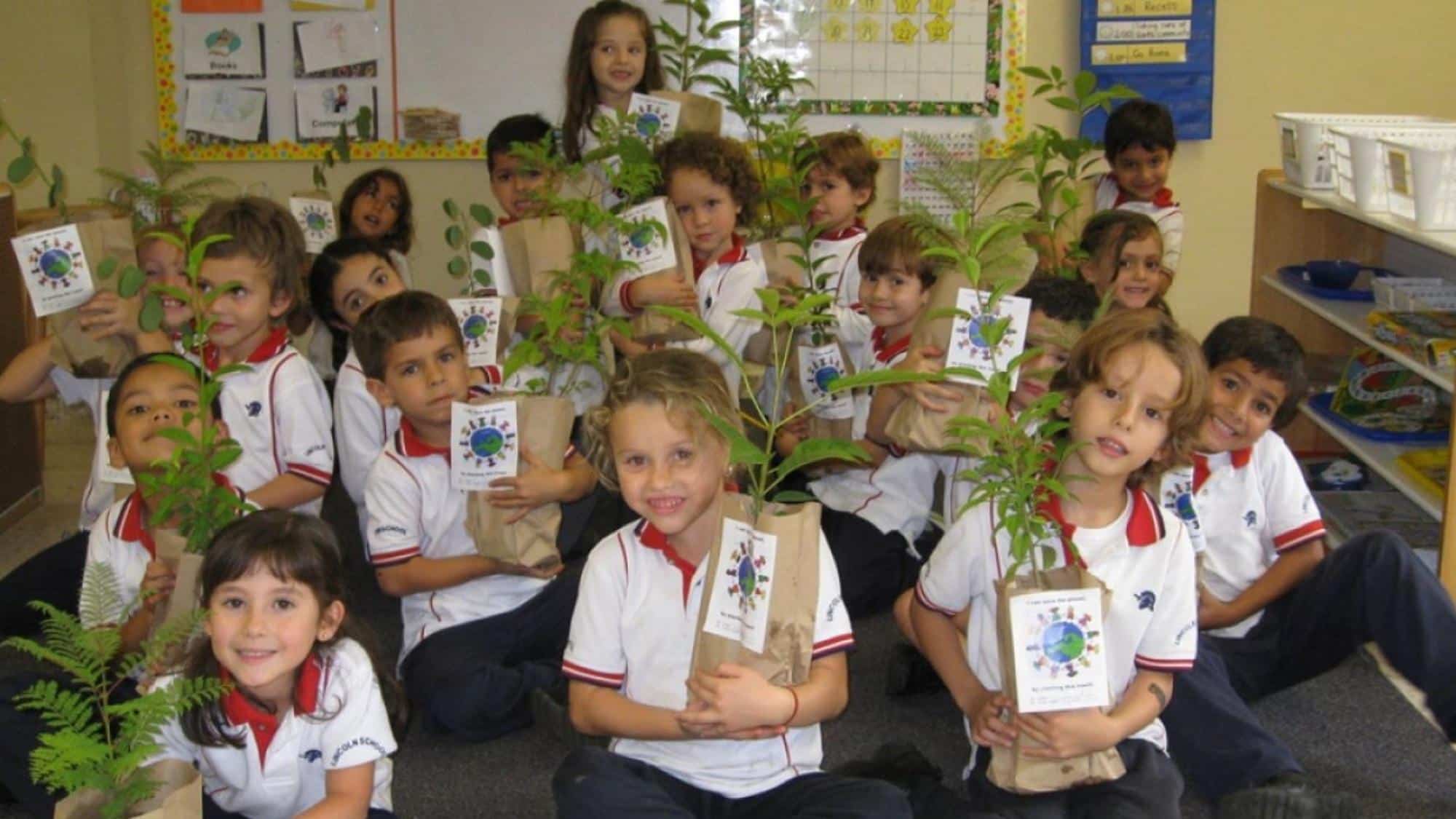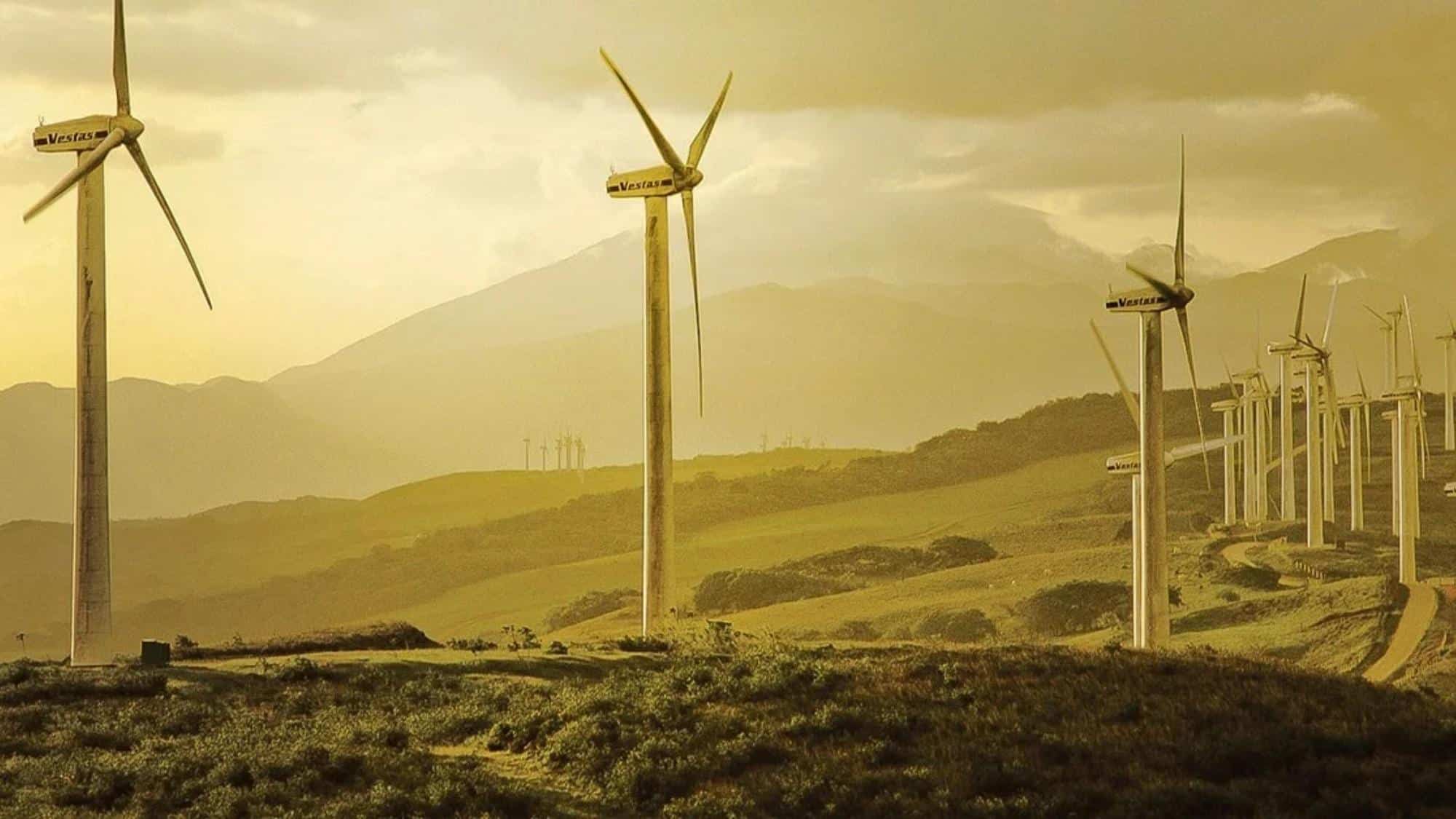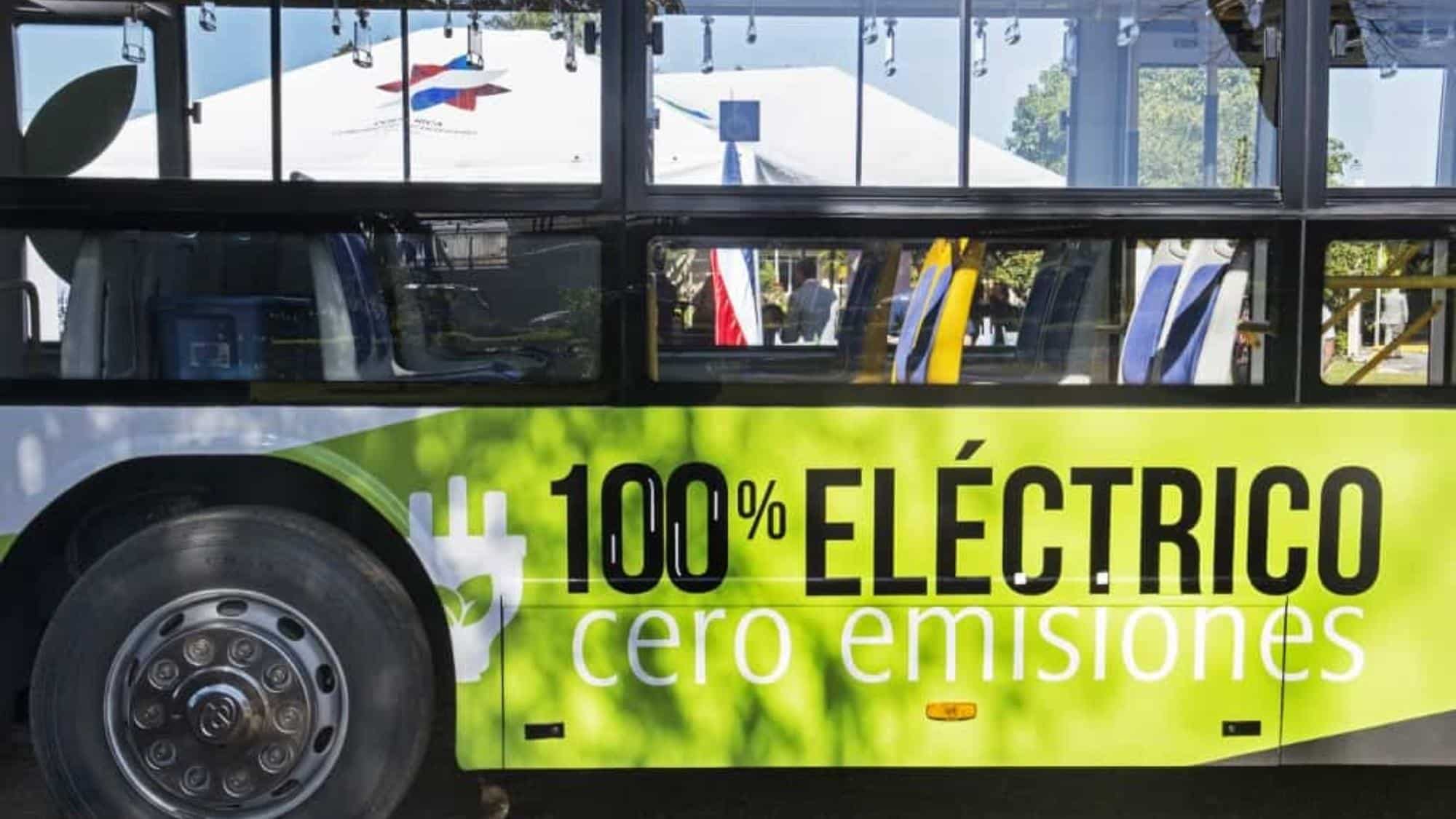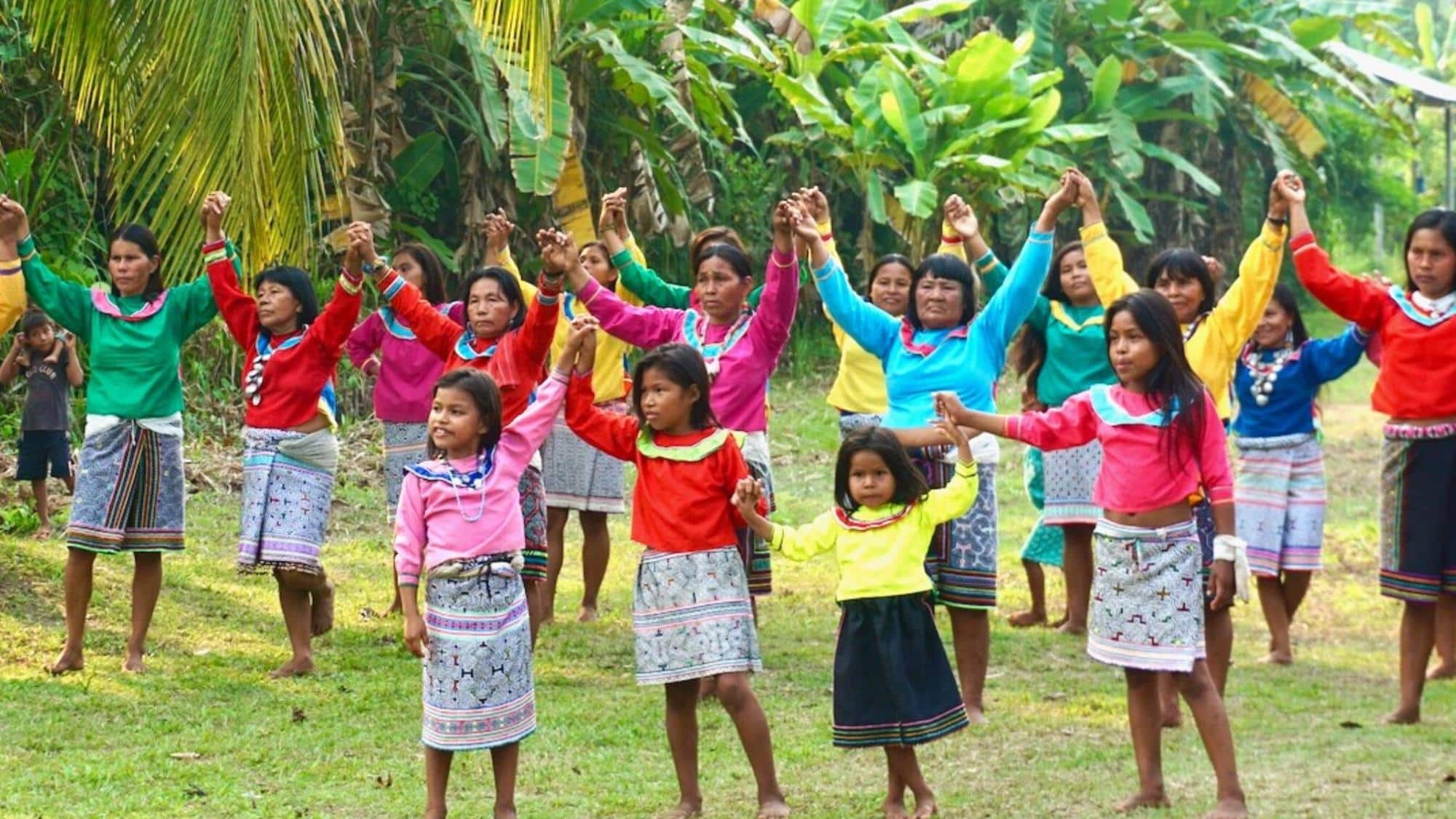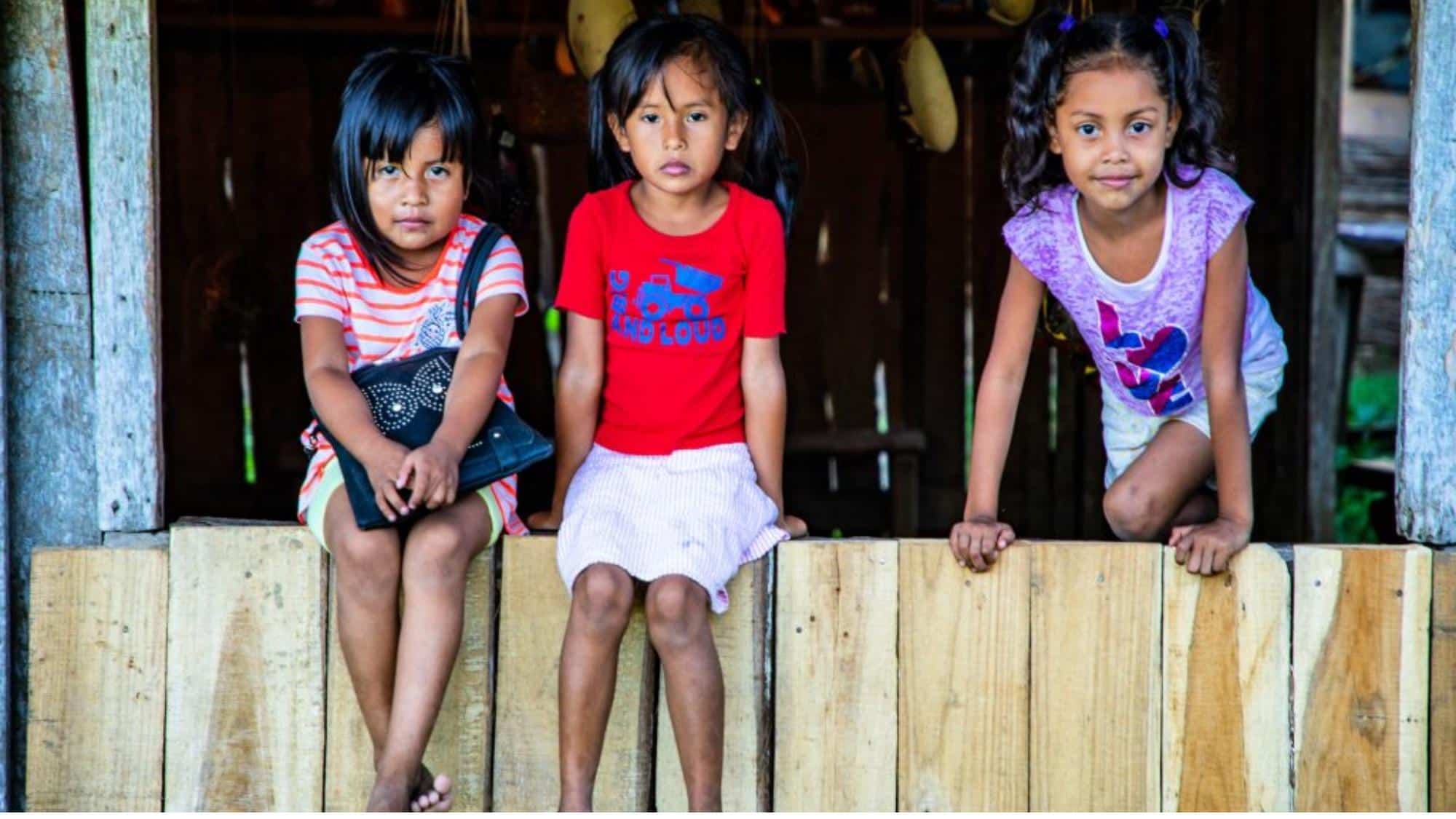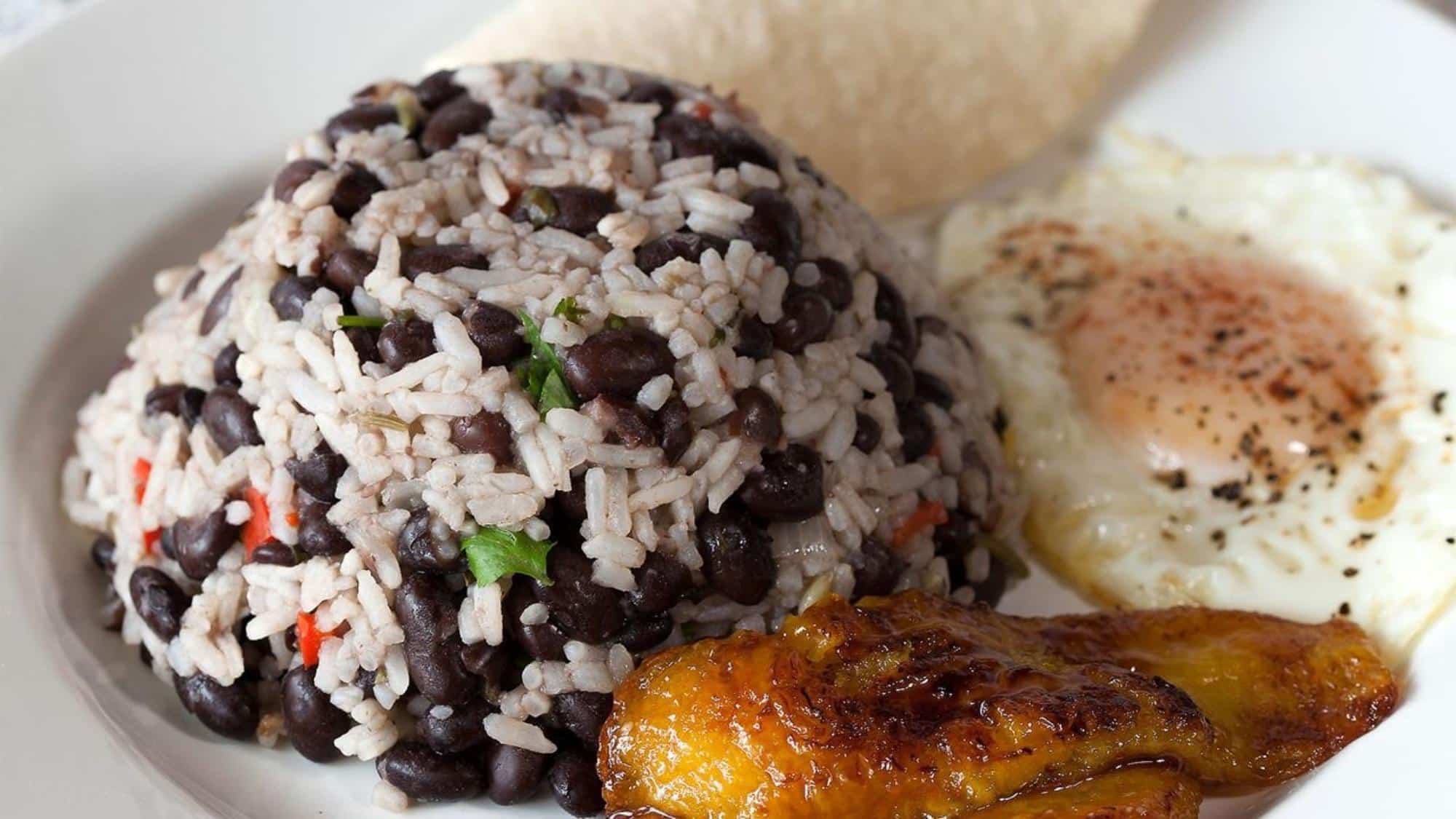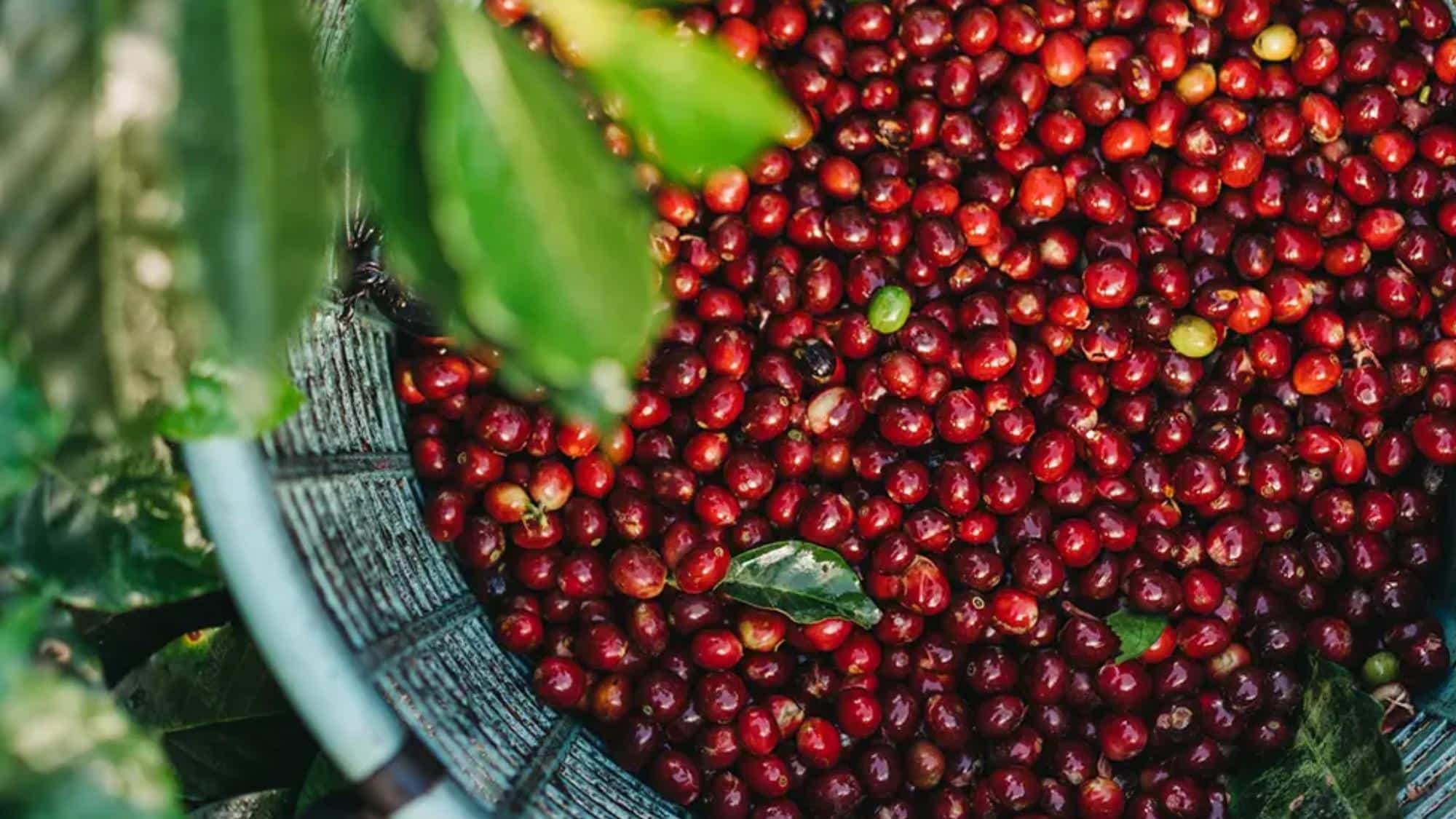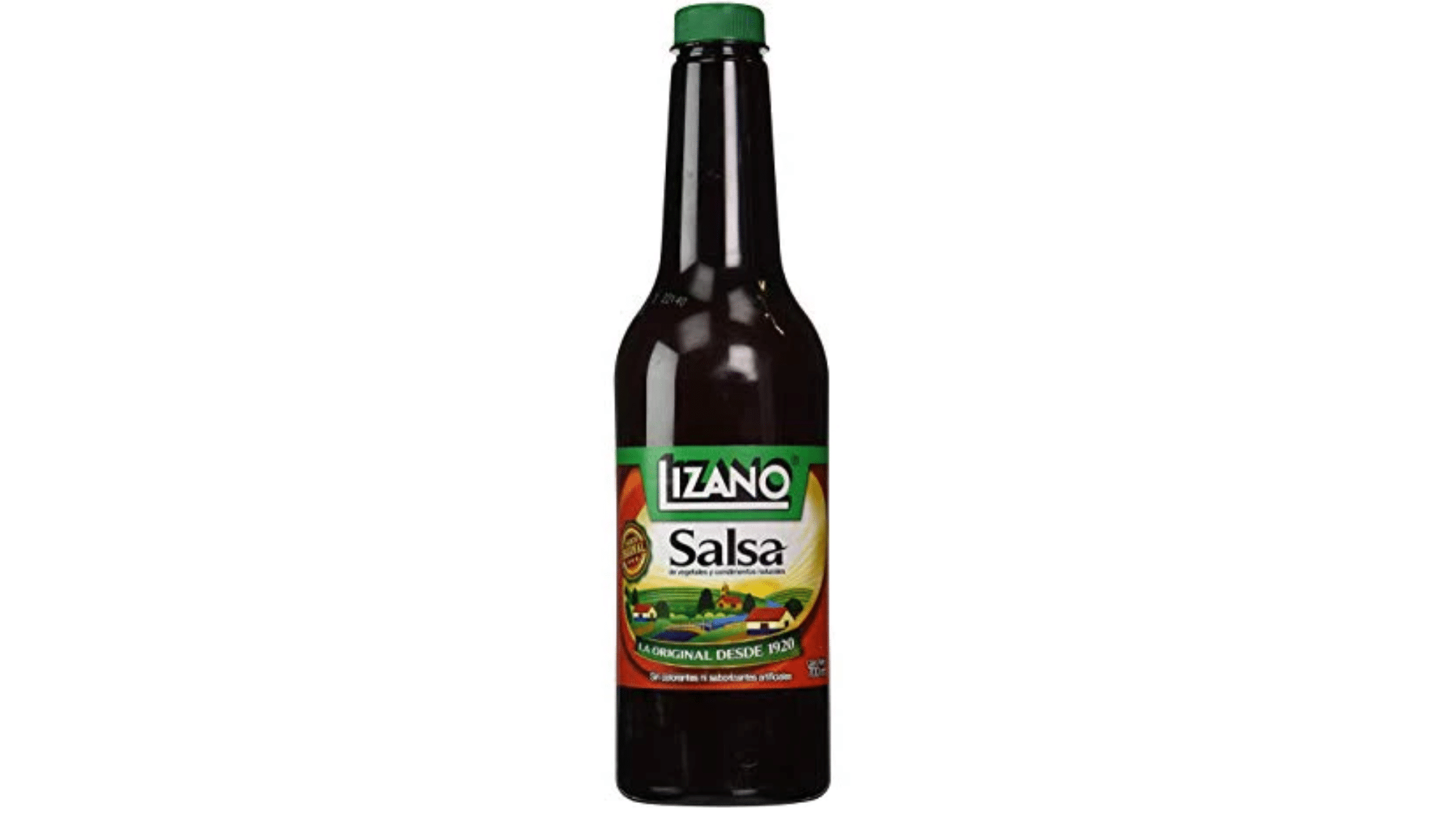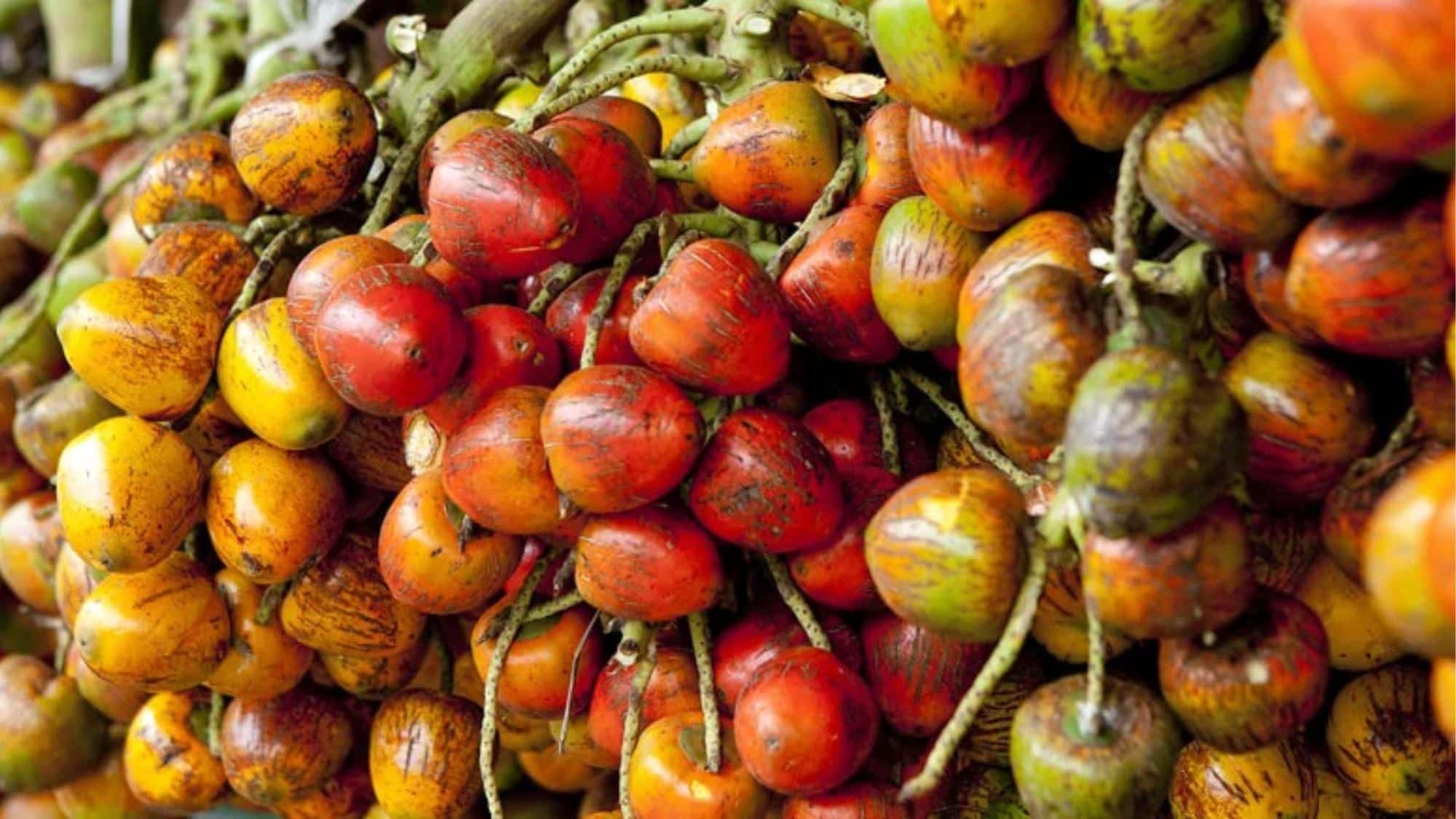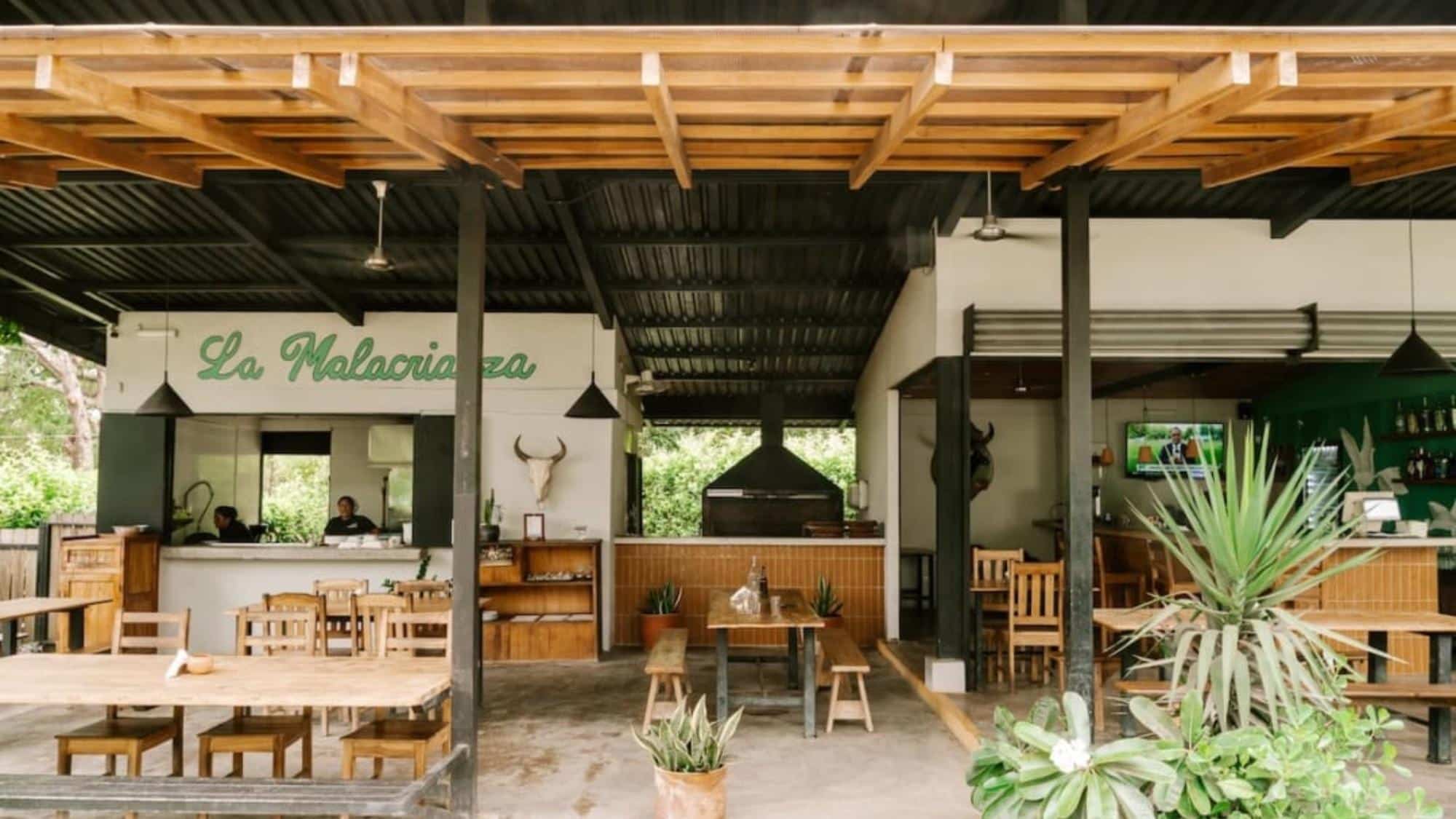Costa Rica stands as a small country with a big reputation. Nestled in Central America, this nation draws attention from around the world for good reasons.
The natural beauty found here makes visitors stop and stare. From beaches to mountains, the sights leave people wanting more.
What makes this spot so special? Why do people talk about it with such warmth? The answers might surprise you.
We will explore lesser-known facts about Costa Rica that set it apart from the crowd.
1. Biodiversity Hotspot
Costa Rica covers only 0.03% of Earth’s surface but contains nearly 6% of all plant and animal species in the world. This small patch of land houses thousands of plant forms and countless animal species.
Why so Much Life in One Place?
- Warm climate all year round
- Many different landscapes are close together
- Perfect growing conditions for plants
- Wide range of homes for animals
Scientists travel from every corner of the globe to study this natural wealth. A short walk through a Costa Rican forest might reveal more types of trees than exist in entire countries elsewhere.
2. Dual Coastlines
Costa Rica offers over 800 miles of shoreline split between two major bodies of water:
| Caribbean Side | Pacific Side |
|---|---|
| Calm, turquoise waters | Strong waves for surfing |
| Coral reefs for snorkeling | Black sand beaches |
| Laid-back beach towns | Busy tourist spots |
| Gentle currents | Good for water sports |
Beach fans can swim in gentle waters in the morning and watch surfers ride waves just a few hours later. Each coast has its own special feel, food choices, and local customs.
3. Volcanic Landscape
Costa Rica has more than 200 volcanoes, seven of which are still showing signs of life. These tall peaks shaped the country over millions of years.
The rich soil around these mountains feeds the thick plant growth across the land.
Hot water bubbles up from the ground near their bases, creating warm pools where visitors soak while looking up at these massive earth forms.
4. Arenal’s Surprise
For centuries, Arenal Volcano sat quiet and still. Then came 1968: The Awakening.
- A sudden blast shook the region
- Three small villages vanished
- The nearby land changed forever
- For decades after, red-hot lava lit up the night sky
Since 2010, Arenal has returned to sleep, but warm springs around its base hint at the heat still present below the surface.
5. Shaky Ground
Costa Rica is located on what experts call the Pacific Ring of Fire. Its residents are used to small ground shakes that occur many times each year.
Rules for building homes and shops require them to stand firm during these shakes. In 2009, a 6.1-magnitude earthquake struck near the capital city, a stark reminder of nature’s power.
Fun fact: The land shifts in tiny ways almost daily beneath Costa Rican feet.
6. Climate Diversity
Did you know? Costa Rica has 12 different climate zones, each with its own weather patterns.
A single day might include:
- Morning at a hot beach (80°F)
- Midday drive through the misty forest (65°F)
- Evening in a cool mountain town (55°F)
- All within just a few hours of travel.
This range allows plants from many regions to grow here. Locals often say you can feel all four seasons during one day’s drive across the country.
7. Protected Paradise
Over 26.5% of Costa Rica is protected as parks and nature areas (as per TradingEconomics). This effort to save natural spaces began in the 1970s and has grown stronger with time.
Hunting, cutting trees, and digging for minerals are not allowed. Rangers help protect the land by watching over thousands of acres. The government also buys more land to protect plants and animals.
Visitors must follow strict rules to make sure they do not harm nature or wildlife.
This focus on keeping wild places intact benefits both the plants and animals that live there and the people who visit them.
8. Species Haven
While many people know about jaguars, the country also shelters ocelots, margays, jaguarundis, pumas, and the rare little spotted cat.
These feline neighbors share the forests with over 230 species of mammals.
Fun Fact: Costa Rica is home to six different species of colorful wild cats.
9. Bird Heaven
More than 900 bird types make their home in Costa Rica, more than all of North America combined!
Morning Bird Symphony:
- Tiny hummingbirds zoom past flowers
- Big-beaked toucans hop between fruit trees
- Scarlet macaws flash bright colors through the trees
- Quetzals shine like gems in the misty forests
Bird watchers travel thousands of miles to mark rare types off their lists. The country serves as both a year-round home and a rest stop for many winged creatures.
10. Monkey Business
Four types of monkeys swing through Costa Rican forests:
- Howler Monkeys: Make loud calls that echo for miles
- Spider Monkeys: Have extra-long arms and legs
- Squirrel Monkeys: Travel in large groups of 20-30
- Capuchin Monkeys: Use tools to crack nuts and find food
Each type has special traits that help them thrive in their forest homes. Their playful actions and smart moves make them favorites among all who visit.
11. Blue Beauty
The blue morpho butterfly shows off bright blue wings as it calls Costa Rica home.
When flying, its wings flash like blue lights through the green forest. When resting with closed wings, it seems to vanish the brown underside blends perfectly with the tree bark.
12. Slithering Residents
About 135 snake types live in Costa Rica. Only 17 types can harm humans with bites, and most help control mouse and rat numbers. Farmers welcome these natural pest controllers
The fer-de-lance, a snake that demands respect, teaches locals snake safety from a young age.
Most snake bites happen when people step on them by mistake while walking through tall grass.
13. Royal Bird
The resplendent quetzal, a bird with bright feathers, lives only in misty mountain forests.
Long ago, the Maya people saw this bird as holy and used its feathers for clothes worn by kings. Male quetzals grow twin tail feathers that can reach three feet long during mating time!
Their bright green bodies stand out against the misty forest scene. Bird photo fans often wait many days to capture one perfect quetzal picture.
14. Slow Motion Masters
Sloths move so slowly that green plant bits grow on their fur, helping them blend with trees. These gentle animals spend almost all their lives hanging upside down.
Sloth Facts:
- Come down from the trees just once a week
- Can turn their heads nearly 180 degrees
- Sleep up to 20 hours each day
- Move so slowly that they barely need food
Their slow body systems mean they need very little food compared to other animals their size.
15. Powerful Sting
Bullet ants, known for their painful sting, live in Costa Rican rainforests. Their sting feels like being shot; that’s how they got their name.
The pain can last for 24 hours, making it one of the most painful bug stings on Earth. These large ants grow over an inch long and build homes at the bases of trees.
Some native groups used bullet ant stings in coming-of-age tests to prove young men’s bravery.
16. Peace Priority
Costa Rica ended its army in 1949 and used the funds for schools and health care. This bold step set the nation apart from nearby countries.
The country’s main rules now prohibit the creation of an army. Police forces handle safety needs within the country while dealing with external threats.
The money saved is used to support important services and improve daily life. It helps build better schools, opens more hospitals, and funds programs that support all people.
Some of the money also goes toward protecting parks and nature areas for everyone to enjoy.
17. Education Focus
The reading and writing rate is 96%, one of the highest in Latin America. Free schooling serves children across the country, even in far-off areas.
Teachers often travel to mountain towns to make sure every child learns to read. Book centers exist in most towns, giving people access to books and computers.
This focus on learning shows in how well most Costa Ricans speak and write.
18. Coffee Standards
By law, coffee beans must grow above 3,000 feet to meet quality standards. This rule keeps Costa Rican coffee among the world’s best.
Perfect coffee growing conditions come from a mix of natural features and careful farming. Coffee grows best in high mountain air with cooler temperatures.
The soil, often rich from volcanoes, gives the plants important nutrients. The right balance of sunshine and rain helps the beans develop their full flavor.
Farmers also hand-pick only the best beans, making sure each one is ready and high quality.
The care taken at every step creates coffee that sells for top prices on world markets.
19. Currency History
The local currency, colón, is named after Christopher Columbus (Cristóbal Colón in Spanish). Bills depict national heroes and natural spots instead of past leaders.
Each type of bill is different in color to help people tell them apart quickly. Coins often show native wildlife or important buildings.
While many tourist spots take US dollars, the colón remains the main money for daily buying and selling.
20. Casual Formality
Blue jeans are considered proper clothing in many countries and can be worn to most events. This common-sense approach to clothes fits the country’s relaxed outlook.
Even in work settings, dress rules tend toward comfort rather than stiff formal wear.
Nice jeans paired with a clean button-up shirt often work well when other countries might ask for suits.
This practical style shows the common-sense nature of Costa Rican culture.
21. Landmark Directions
Most Costa Rican homes lack street addresses, locals share directions using landmarks instead:
Common Direction Phrases:
- “200 meters south of the big mango tree”
- “From the church, go west until you see the blue house.”
- “After the small bridge, turn right at the corner store.”
- “Across from the soccer field with the red fence”
Mail carriers know their areas by these same landmarks.
This system works because towns stay stable over many years, with buildings serving as reference points for decades.
22. Long Lives
The average life span in Costa Rica reaches 80 years, higher than in the United States. This comes from a mix of:
- Good health care access
- Lower daily stress levels
- Fresh food is used in most meals
- An active lifestyle into old age
Many older adults stay busy into their 90s, working on small farms or helping with family shops.
The Blue Zone of Nicoya Peninsula has an unusual number of healthy 100-year-olds. Experts study these long-lived Costa Ricans to learn their secrets.
23. Extended Holidays
Homes glow with lights, and families continue celebrating through January.
This stretched-out holiday gives people more time to see different family members and friends during the season.
| Date | Tradition |
|---|---|
| December 25 | Christmas Day celebrations |
| December 26-31 | Family visiting continues |
| January 6 | Three Kings Day festivities |
| Until February 2 | Trees and lights stay up |
24. Clean Power
Costa Rica runs fully on clean energy for more than 300 days in some years.
Energy Sources:
- Water power dams (most of the supply)
- Earth’s heat systems near volcanoes
- Wind farms on mountain ridges
- Solar panels in sunny areas
This focus on natural energy began decades ago and grows stronger each year. The country’s heavy rainfall and many river systems make water power a natural choice.
25. Carbon Goals
Costa Rica plans to become the world’s first carbon-balanced nation by 2050.
To reach this goal, the country is focusing on cleaner and smarter ways to live and grow. Electric buses and trains will replace gas-powered ones to reduce pollution.
More power will come from the sun and wind instead of fossil fuels. Forests will be protected and expanded to absorb carbon from the air.
Farmers will also use smarter methods that rely on fewer chemicals, helping both the land and the planet.
Companies receive tax breaks for reducing their carbon footprint, and schools educate children about climate issues from a young age.
26. Income-Based Fines
Many traffic tickets are included in your monthly pay. This smart system ensures that fines affect all drivers equally, regardless of their financial situation.
How It Works:
- A speeding ticket costs the same portion of earnings for everyone
- A day worker and a bank manager feel the same financial impact
- Police check pay records when giving tickets
- The system makes road rules fair for all drivers
This approach means that no one can brush off the cost of breaking traffic laws.
27. Female Land Rights
The native Bribri groups follow a mother-centered system where land rights are passed down through women, not men.
This tradition gives women a powerful role in their communities. Mothers teach their daughters how to manage the family’s land, while men help with the work but do not own the property.
Land and homes are passed from mother to daughter instead of father to son. This system has kept women’s status strong for hundreds of years.
Many culture experts see it as a rare and lasting example of a successful female-led society.
28. Double Surnames
Babies often receive two last names: the first from their father, the second from their mother.
For example, A child named Maria Hernandez Rodriguez has:
- A father with the surname Hernandez
- A mother from the Rodriguez family
This naming method helps track family lines clearly, prevent mix-ups between people with common names, honor both sides of the family equally, and create detailed family trees spanning many generations.
29. Chocolate Excellence
Local chocolate comes from some of the finest cacao beans anywhere. Native peoples enjoyed cacao for thousands of years before Europeans arrived.
Small farms grow beans using old methods that keep the best flavors. The chocolate tends toward dark, rich types that show off the bean’s natural taste.
Farm tours let visitors see every step from tree to finished chocolate bar.
30. Morning Staple
Gallo pinto, a rice and bean mix, is the national breakfast food. The name means “spotted rooster” because the beans dot the rice.
Simple Recipe:
- Cook rice the day before and cool overnight
- Fry onions, bell peppers, and garlic
- Add black beans with some of their liquid
- Mix in the leftover rice
- Season with salt and a special sauce
- Serve with eggs, cheese, or plantains
Many families eat this protein-rich meal every morning. The recipe is slightly different in each area, leading to friendly debates about which version tastes best.
31. Bean Currency
In the 1800s, coffee beans were used like money in Costa Rica. Farmers paid workers with beans, stores accepted them, and the trade built roads.
Coffee farming created wealth, shaped the economy, and appears on coins and art as a lasting symbol of national growth.
32. Sauce Obsession
Locals put a sauce called “Lizano” on almost everything they eat. This slightly sweet, slightly spicy brown sauce adds deep flavor to any food.
Where You’ll Find Lizano:
- On tables at every restaurant, next to salt and pepper
- In the kitchens of most homes
- In care packages sent to Costa Ricans living abroad
- In tourists’ suitcases heading home
The recipe mixes vegetables, spices, and molasses. Visitors often grow to love it so much that they pack bottles when leaving.
33. Unusual Fruit
Pejibayes, a starchy palm fruit, tastes like a mix of potato and chestnut.
It is a bright orange color fruit that grows in bunches on high palm trees.
Street sellers offer them in small bags as snacks. The fruit gives excellent food value with high protein levels, unusual for plant foods.
One fruit can provide as much protein as a small egg!
34. Family Restaurants
The soda is not a drink but a small family-run eating spot serving home-cooked meals.
What Makes Sodas Special:
- Simple settings with plastic tables and chairs
- Menus that change daily based on fresh foods
- Large portions that fill hungry workers
- Fair prices that both locals and visitors enjoy
- Family recipes passed down through generations
These basic eateries offer the best way to taste real local cooking. As new soda owners learn the business, many family food secrets pass from parent to child.
The story of Costa Rica reminds us that small places can hold huge treasures when people choose to live in balance with nature.
Bonus Tip: What’s next? Plan a trip to see these wonders firsthand. Learn more about how Costa Rica keeps so much of its land safe for future visitors.

